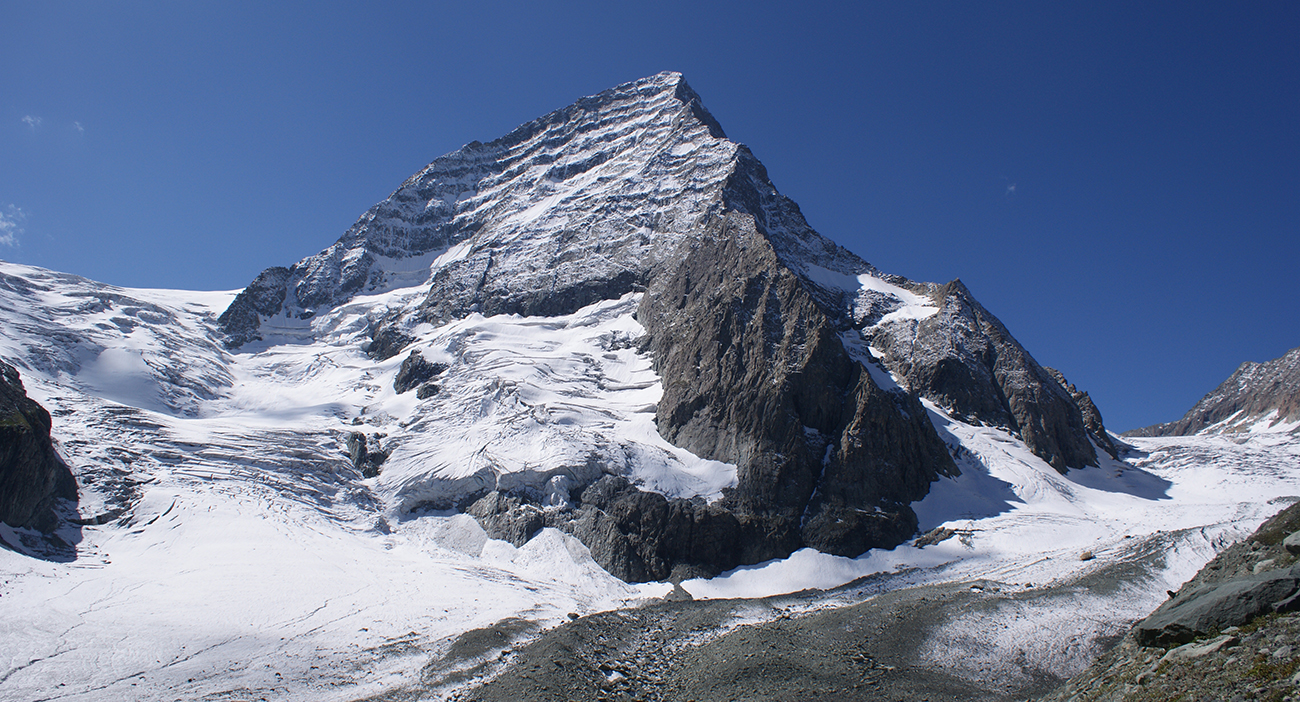
Srinagar: In view of Uttrakhand tragedy, a Parliamentary Committee has recommended conducting study and monitoring of glaciers to ensure such incidents do not take place in Jammu and Kashmir.
In the first week of February, a glacier broke in Uttrakhand’s Chamoli district leading to massive flooding and around 80 people died and over 120 people are missing.
This has triggered worries in Jammu and Kashmir, which has a large presence of glaciers.
A Standing Committee on Home Affairs which comprises members from both Houses of the Parliament has said in its report that mountains in Jammu and Kashmir, and Ladakh are fragile. “There is a need to establish and install state of the art infrastructure along with modern equipment of proven efficiency that would play a very crucial role in monitoring the movement of glaciers,” the report reads.
It has also recommended installation of a network of meteorological and hydrological stations and monitoring stations. The committee has also recommended monitoring of Glacial Lake Outbursts Flows (GLOFs)
It has been seen that Glacial Lake Outburst Flooding (GLOF) is one of the major causes of flash floods in the Himalayas.
Lt Governor Manoj Sinha recently also said that climate change has reduced the size of glaciers leading to fast depletion of water resources in many districts of J&K.
The Lt Governor has said: “Out of 208 hydrograph stations which were monitored, the water level in 171 water wells has been decreasing which is a cause of concern and we need to work on their preservation.”
He said there are only 37 such wells in which the water level has increased in Jammu division.
In many areas of Jammu, Kathua, Samba and Udhampur districts of Jammu region, he said, the water level has come down and “we have to work to increase the water level in such areas”.
The melting of Himalayan glaciers has started at a significant rate since the beginning of the 21st century due to global warming, leading to weakening of glaciers and increasing the water level in various water bodies.
If the boundaries of water bodies in upper reaches are breached, it can lead to large amounts of water rushing down to nearby streams and rivers and creating flash floods.
In May 2015, the flash flood triggered by the bursting of the 15-kilometre-long lake in Zanskar area of Ladakh, damaged several bridges and buildings while more than 3000 people were shifted to safer places.
Follow this link to join our WhatsApp group: Join Now
Be Part of Quality Journalism |
Quality journalism takes a lot of time, money and hard work to produce and despite all the hardships we still do it. Our reporters and editors are working overtime in Kashmir and beyond to cover what you care about, break big stories, and expose injustices that can change lives. Today more people are reading Kashmir Observer than ever, but only a handful are paying while advertising revenues are falling fast. |
| ACT NOW |
| MONTHLY | Rs 100 | |
| YEARLY | Rs 1000 | |
| LIFETIME | Rs 10000 | |










